From pagan ritual to Catholic celebration! This is the history of carnival!
This month, and especially this past weekend, carnivals have been taking place across the Adria region and the world. But did you know that this now Christian tradition actually has its roots in ancient pagan rituals, celebrated back in the days of ancient civilizations?
Although carnival is celebrated in different ways and with different customs, in countries like Croatia, Slovenia, and Montenegro, traces of old Slavic beliefs and rituals are still present. We visited a smaller carnival, but before I share my impressions, let’s take a look together at the fascinating history of this tradition.
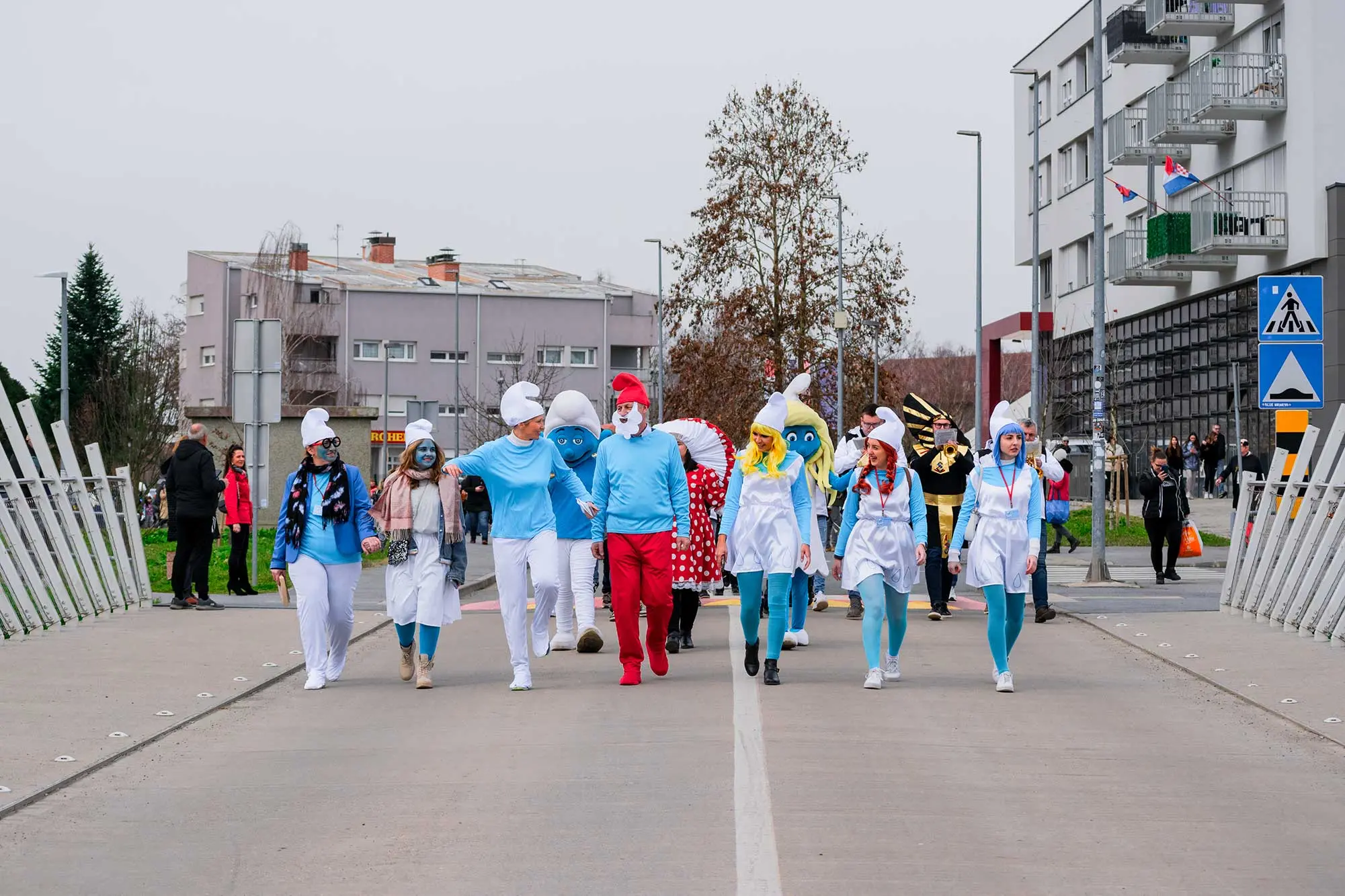
Fašnik, Kutina, Photo: Adria.fun
FROM PAGAN RITUALS TO CHRISTIAN CELEBRATIONS
Carnival as we know it today has much deeper roots than we might think at first glance. Although it is now associated with Christian tradition and celebrated on the eve of Lent, its origins go back far into the past, to ancient Greek and Roman festivals dedicated to the cycles of nature, fertility, and the renewal of life.
In ancient Greece, one of the most important such festivals was the Dionysian festivities, dedicated to the god of wine and revelry, Dionysus. During these celebrations, people wore masks, participated in riotous processions, danced, and sang, believing that they were invoking fertility and prosperity. When the Romans adopted many Greek customs, they adapted them to their own culture and spread them throughout their empire.
One of the most famous Roman festivals was the Saturnalia, which was held in December in honor of the god Saturn. During these days, social roles were temporarily reversed – slaves could eat at the same table as their masters, and chaos and revelry reigned. Similarly, in mid-February, the Lupercalia took place, a fertility rite in which young men ran through the streets of Rome, symbolically striking passersby with belts to bring them good luck and health. It was these festivals, with their masks, processions, and revelry, that laid the foundation for medieval and modern carnival.

Fašnik, Kutina, Photo: Adria.fun
HOW DID CARNIVAL BECOME A CHURCH CELEBRATION?
With the advent of Christianity, the Church gradually reshaped pagan customs to fit them into a new religious context. Instead of banning them, it sought to tame them and connect them with the Christian calendar. Thus, Carnival was placed immediately before Lent, a period of fasting and spiritual preparation for Easter.
As early as the 9th century, during the reign of Pope Gregory the Great, a church decree was introduced that designated the Monday and Tuesday before Ash Wednesday as days of fasting. The Sunday preceding Ash Wednesday was called dominica carnis privii or meatless Sunday, which was later simplified into the term carnival (carnem levare – “to take away the flesh”) or Shrove Tuesday.
However, by the 15th century, instead of fasting, the opposite tradition was increasingly developing – the day before Lent turned into a time of feasting, drinking, masquerade, and general celebration. Thus, the carnival was born, and the name itself comes from the verb “klasti“, which means “to mask” or “to disguise”. In Croatia, the term “fašnik” comes from the old Zagreb name for Shrove Tuesday – fašenk.
Carnival thus became a kind of vent for society, a period of freedom and joy before the seriousness and austerity of Lent. Its connection with Lent secured it a place in the Christian tradition, but at the same time retained the spirit of ancient rituals that celebrate the end of winter and the arrival of a new, fruitful period.

Fašnik, Kutina, Photo: Adria.fun
CARNIVAL IN CROATIA, SLOVENIA, AND MONTENEGRO – A MIX OF TRADITION AND PAGAN RITUALS
Although carnival is associated with masks, fun, and parades today, its customs are deeply rooted in Old Slavic and pagan beliefs. In countries such as Croatia, Slovenia, and Montenegro, ancient rituals associated with the time of transition are still present – from winter to spring, from old to new.
In Croatia, it is celebrated under the names of poklada, mesopust, fašnik, and maškare, and common elements include masking, parades, and the burning of an effigy that symbolizes the bad things from the past year. The Rijeka carnival is famous for its bell ringers, and in Slovenia, the most famous is the Kurentovanje in Ptuj, where masked Kurents drive away winter. In Montenegro, Kotor celebrates carnival by burning a figure of Krnja, which symbolizes the bad things from the past year.
The burning of the effigy – a pagan rite with roots in Old Slavic rituals – is still a key element today, and the fire was believed to cleanse evil spirits and ensure fertility. This ritual has survived, and the burning of the “culprit” at the end of the carnival symbolizes the beginning of a new, fertile period.
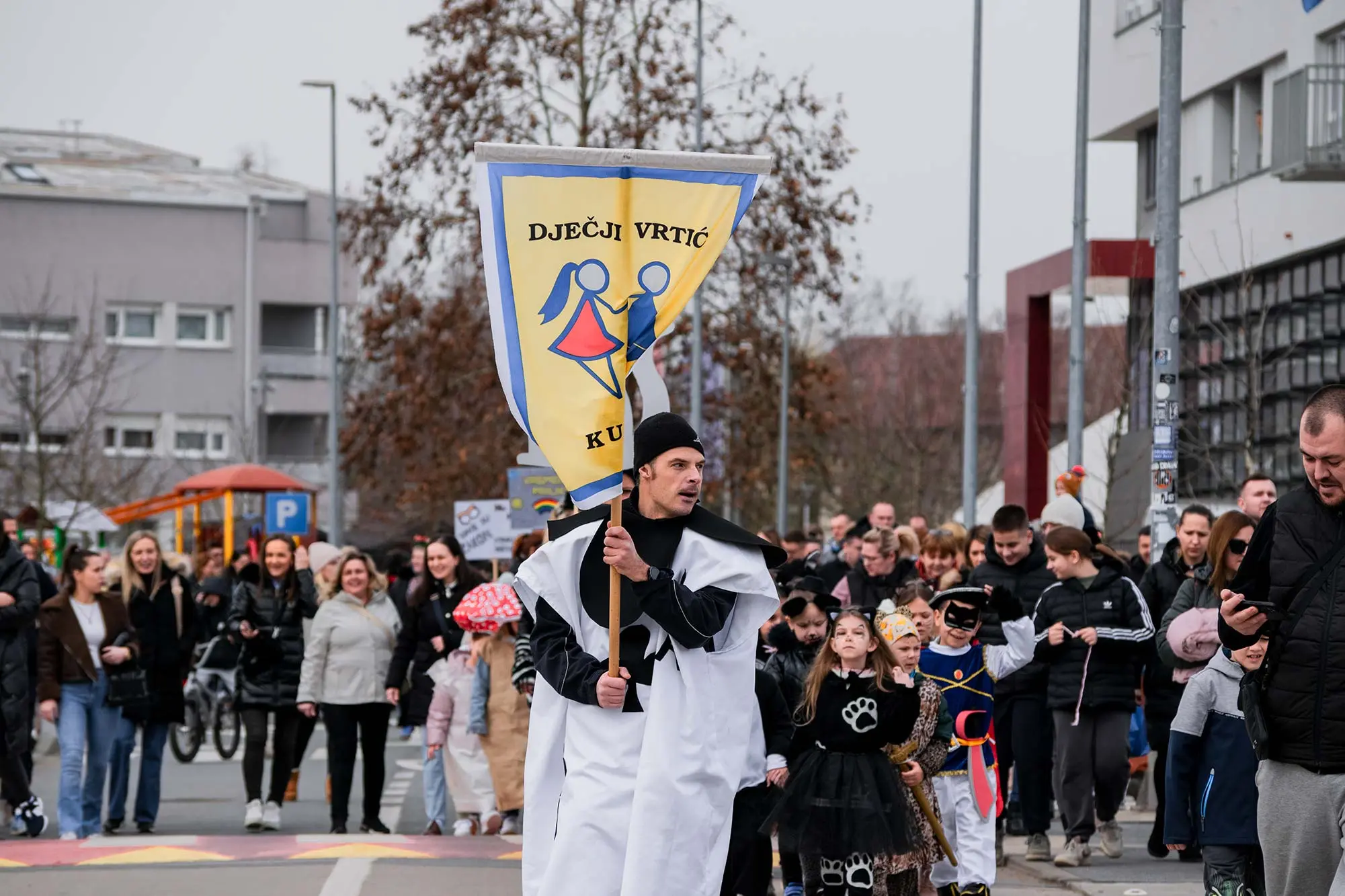
Fašnik, Kutina, Photo: Adria.fun
WE ALSO VISITED THE CARNIVAL IN KUTINI
Carnival has evolved from ancient fertility rites and pagan festivals into a significant cultural event that combines elements of the old and the new. Although it has become part of the Christian calendar, it has retained the spirit of joy, masking, and freedom. Whether it is celebrated in the form of carnival, carnival, carnival or masquerade, its essence remains the same – to allow people to at least briefly change their roles, express their creativity through masks and processions, and prepare for the new season, be it Lent or spring.
This year we had the opportunity to witness such a joyful atmosphere ourselves in the city of Kutina, where a masked program was held on March 1st, and participants were given donuts and tea. As early as 10:30 in the morning, masked people could be seen all over the city, marching in colorful forms, from the largest to the smallest, towards the Dr. Franjo Tuđman Square, where a large tent was located.
And so, while everyone was gathering in one place, the Kutina Tourist Board and the city of Kutina itself prepared a warm-up program, where the youngest could dance with the entire Smurfs Village and its characters.
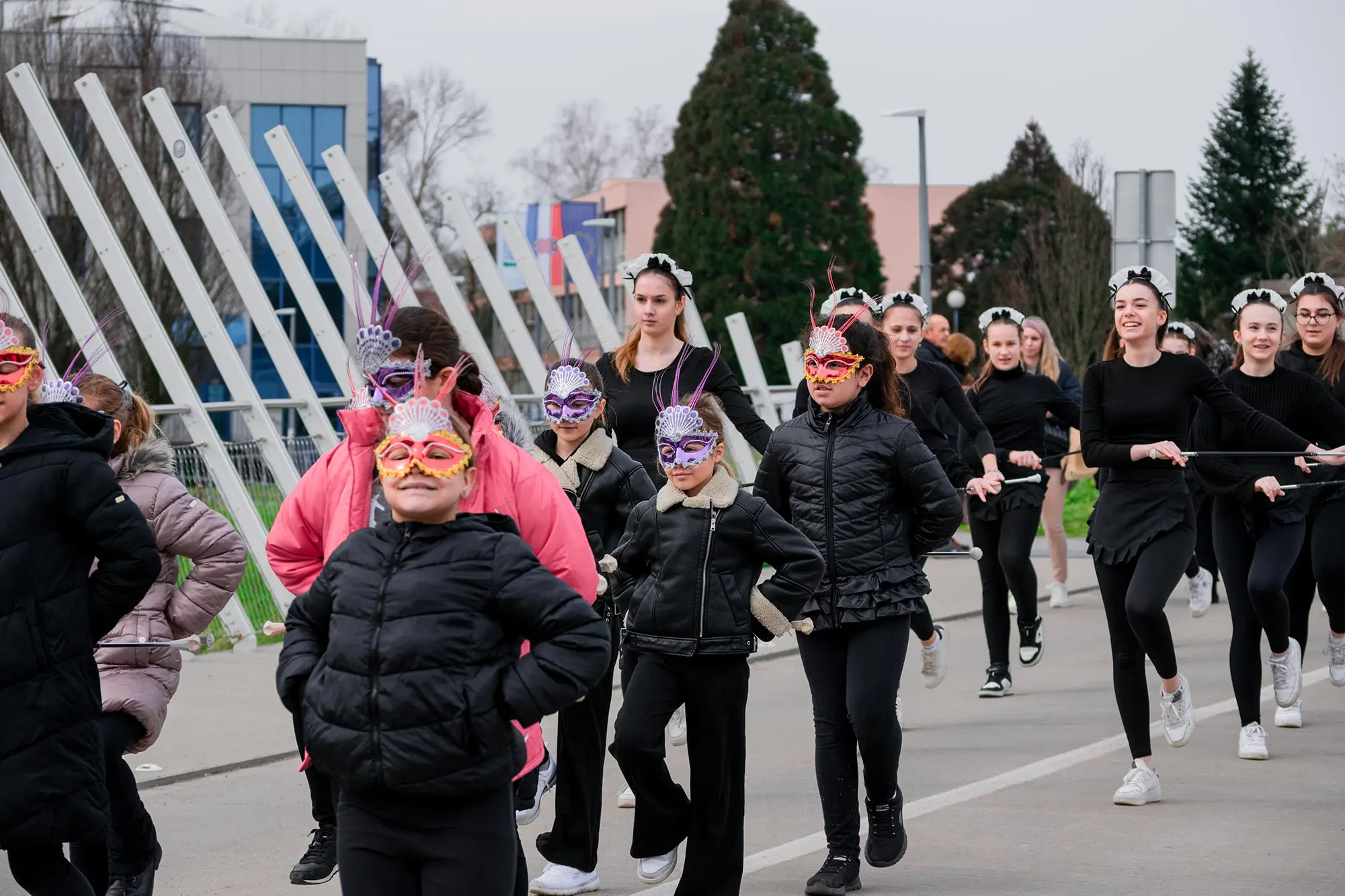
Fašnik, Kutina, Photo: Adria.fun
After a good warm-up, dancing, and fun, at 11:20 the procession started, passing through the city streets and returning to the starting point so that all the citizens could see who had the most beautiful mask. Honestly, I couldn’t decide on just one, because there were adorable mushrooms, owls, cowboys, and many others. To make the celebration even better, it continued in Kutinsko selo, where the mayor returned the keys to the city and concluded the carnival program for this year.
We hope for more such occasions in other cities throughout the region. We can’t wait to see where the next year will take us!


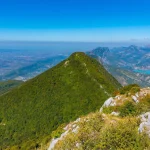
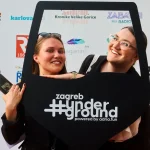
Leave a Reply